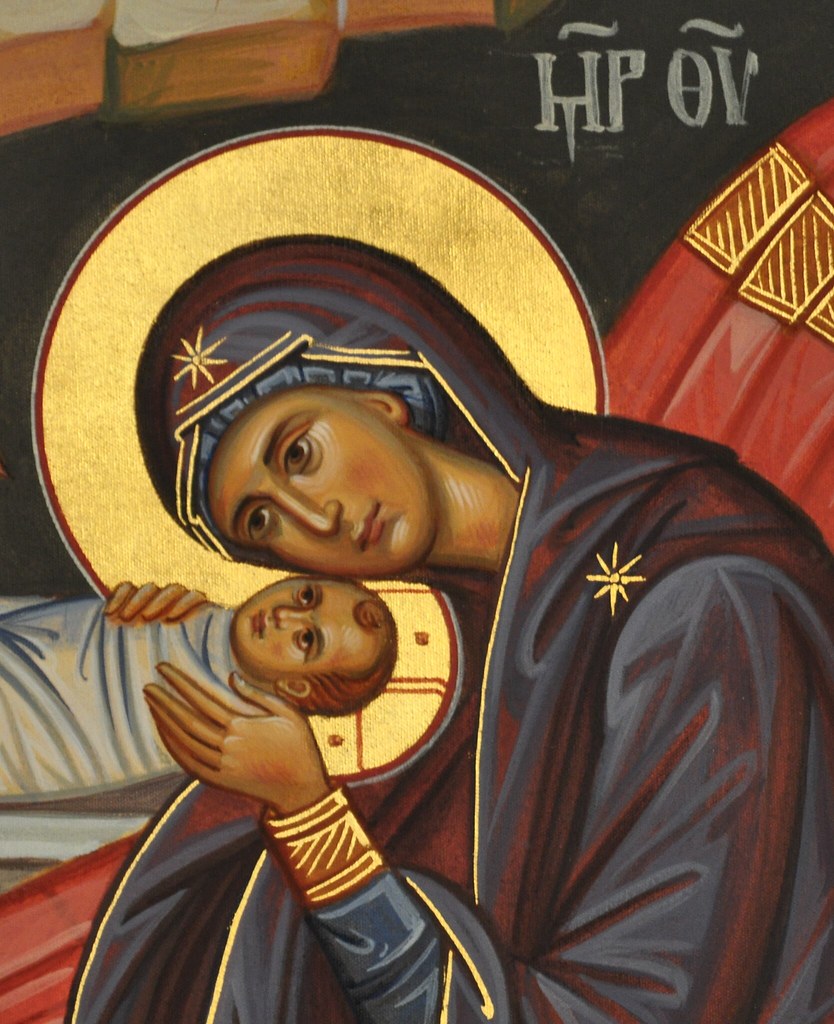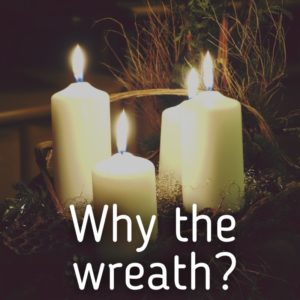Today’s post is from Jennifer Baker-Trinity, Organist and Choir Director at Beaver Lutheran in Beaver Springs, PA.
In this time in the church year, Christians wonder at this mystery: Christ becoming fully human, taking earthly form in a world full of joy and pain, of suffering and healing. We yearn for Christ’s coming, but do we recognize it birthed now among us? Do we marvel at how Christ’s birth transforms us to be like that bright star, guiding the nations to God’s light and love revealed in Jesus?
now among us? Do we marvel at how Christ’s birth transforms us to be like that bright star, guiding the nations to God’s light and love revealed in Jesus?
While much of the northern climates will be experiencing a snowy winter described in many Northern European Christmas carols, a worship event held in warmer Santa Monica, California offers another context for us to ask the following question:
How do we engage worship and culture?
Said another way,
How does the mystery of Christ’s coming to us shape how we experience God in worship?
This February 19-21, come to St. Paul’s Lutheran in Santa Monica to gather with others around this and related questions. All in attendance will have the opportunity to hear presenters flesh out the Nairobi Statement on Worship and Culture, a helpful document that challenges us to see worship through four lenses: transcultural (common to all cultures), contextual (specific to a particular culture), counter-cultural (transforming the prevailing culture) and cross-cultural (shared between cultures) (For a fresh guide at how this statement calls us to worship renewal, see Can We Talk: Engaging Worship and Culture.)
Jesus’ birth calls forth praise from all the nations streaming to his light. Come to discover what in our worship transcends cultures and unites us as one people of God. At the same time, Jesus came and still comes to a particular people in a particular place. Come and reflect upon the aspects of worship that reflect your unique congregation and its particular gifts.
Christmas will come and go, but Christ continually comes among us. We hope you, too, will come to California for these days of renewal!
For more information see the Facebook event and watch for registration soon at http://www.elca.org/worship.

 now among us? Do we marvel at how Christ’s birth transforms us to be like that bright star, guiding the nations to God’s light and love revealed in Jesus?
now among us? Do we marvel at how Christ’s birth transforms us to be like that bright star, guiding the nations to God’s light and love revealed in Jesus?